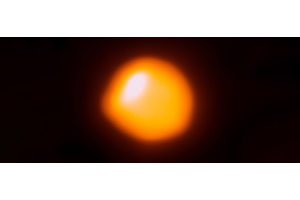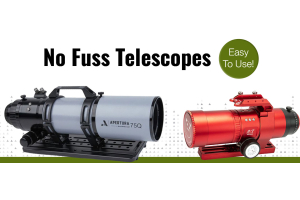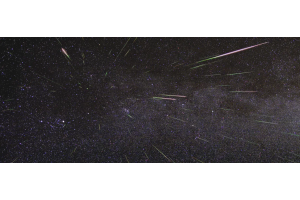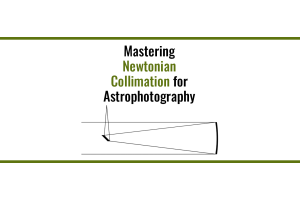telescopes
Blasting into a space journey is as thrilling as hopping on a rollercoaster of excitement, revealing an entire galaxy of fantastic possibilities! Telescopes act like a VIP pass to the incredible spectacle in the night sky's cosmic playground. Whether just starting to explore the stars or a seasoned celestial adventurer, choosing and investing on the first telescope is like diving into an epic cosmic quest that promises to fill your universe with wonder and awe!

Choosing the Cosmic Companion:
Selecting the perfect telescope means choosing a companion for cosmic adventures. Imagine being handed the keys to the universe, and the telescope is the vehicle that will take on an interstellar joyride. So, what's the best ride for a stargazing journey?
For beginners, the Dobsonian telescope emerges as the cosmic convertible. Named after the ingenious John Dobson, these telescopes boast an unbeatable aperture-to-cost ratio, giving you incredible celestial views without emptying your pockets. With their user-friendly design and uncomplicated altazimuth mount, navigating the night sky feels as smooth as cruising down a cosmic highway.
Refractor telescopes are like the luxury sports cars of the stargazing world. Clear, crisp, and a bit more on the expensive side, these telescopes use lenses to focus light and deliver breathtaking views of the moon, planets, and distant galaxies. They may require more maintenance, but the views are worth every cosmic penny.
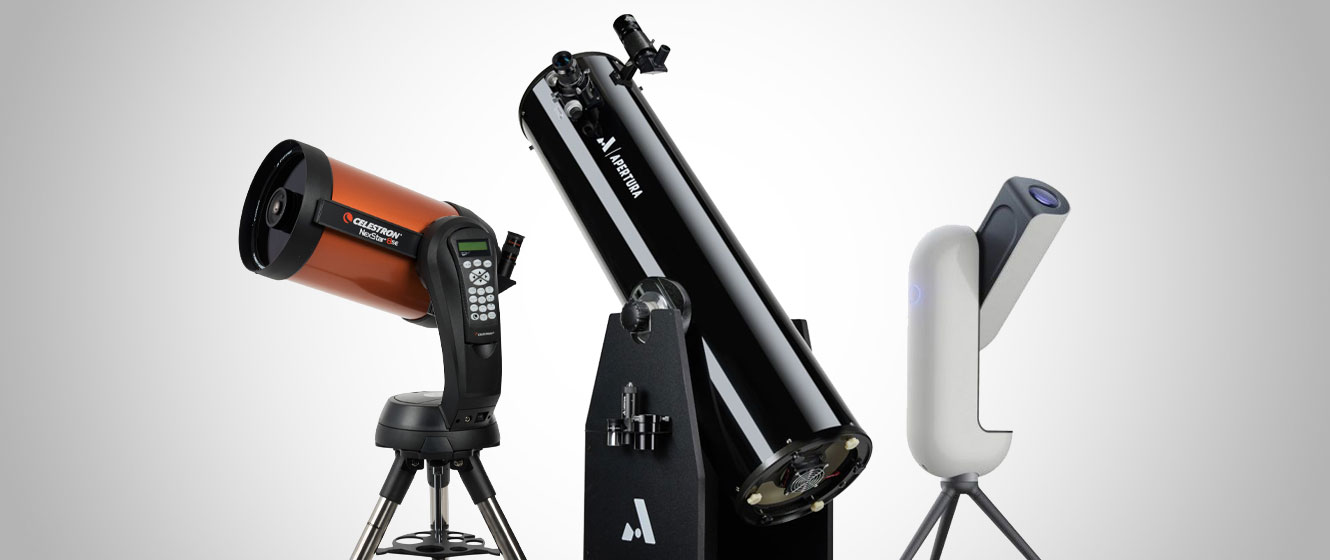
Here's the lowdown on what you need to know before exploring the mysteries of the sky:
Magic Aperture: The aperture is like a magical key unlocking cosmic wonders. Bigger apertures mean more light, giving you brighter and more detailed views. Go for a telescope with a big 6-inch aperture for a stellar stargazing party!
Steady Launchpad: Just as a shaky rocket launch is a space explorer's nightmare, wobbly telescope views can ruin the cosmic show. A strong mount is your launchpad for smooth and steady stargazing. Dobsonian mounts are challenging and easy to handle, while equatorial mounts are like autopilots that follow cosmic objects as the Earth twirls through space.
Warp Drive Portability: Planning a cosmic road trip with your telescope? Think about the size and weight for hassle-free portability. Compact and portable telescopes are like warp drives for those ready to explore new stargazing territories.
Telescope Species: Telescopes come in different species, each with its superpowers. Reflectors act like cosmic detectives for deep-sky mysteries; refractors are portrait artists of planetary views, and compound telescopes offer a bit of both worlds. It's like assembling your celestial superhero team!
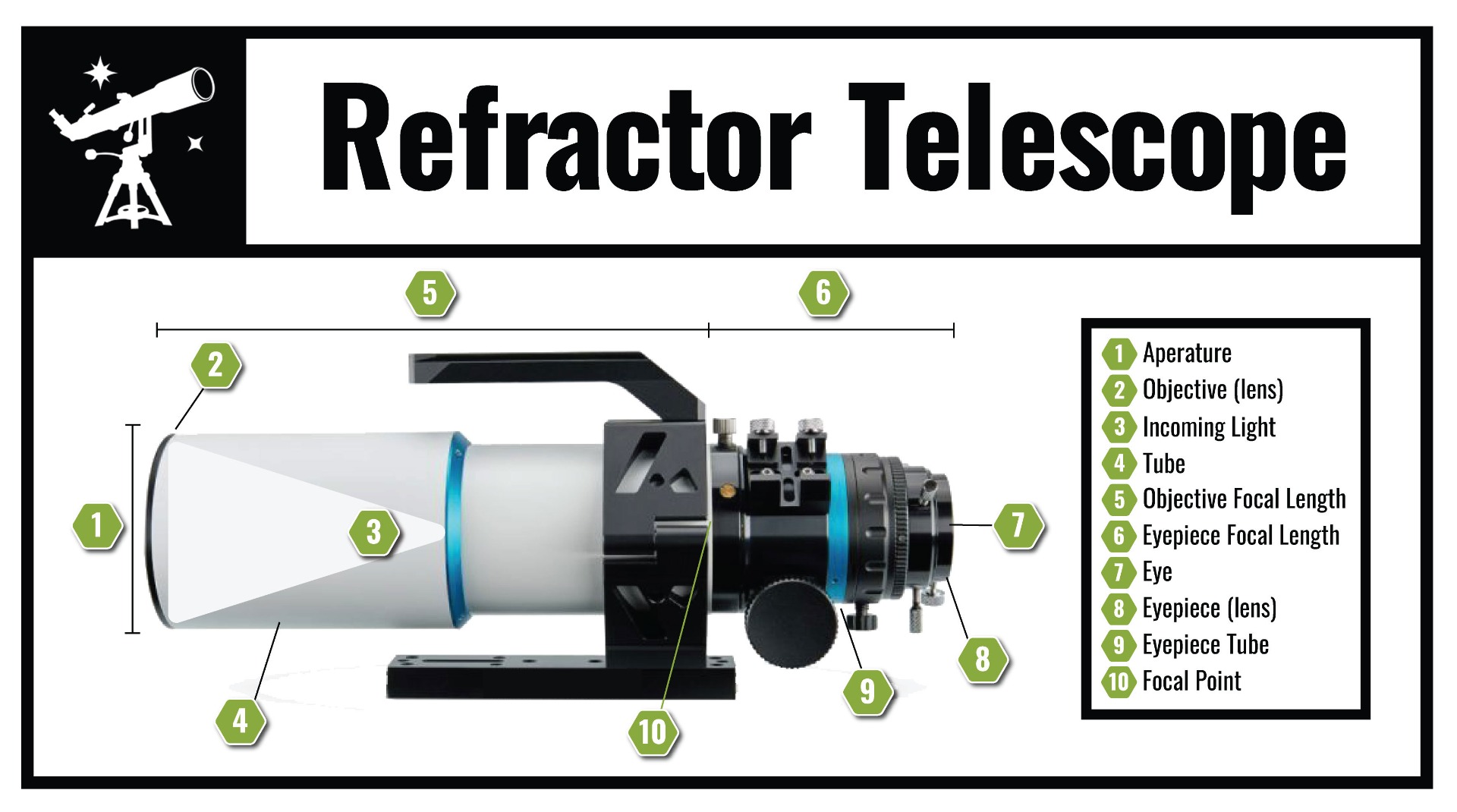
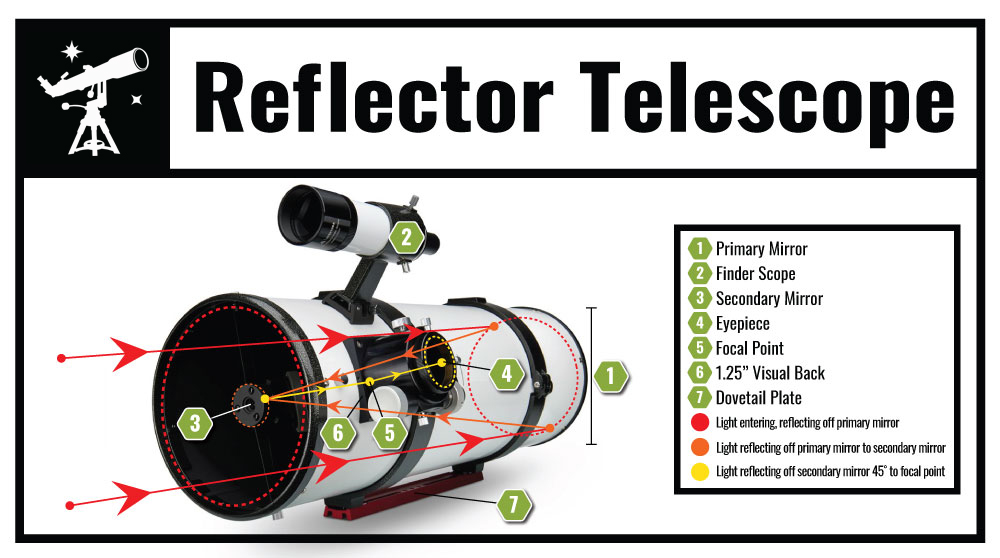
Counting Cosmic Currency: Are Telescopes Worth the Investment?
Now, the burning question: Are telescopes a cosmic splurge or a worthwhile investment? Telescopes are the keys to unlocking the universe's secrets, revealing Saturn's rings, the moon's craters, and galaxies millions of light-years away. It invests in awe, wonder, and a lifelong cosmic connection.
Beyond personal enjoyment, telescopes are educational tools that fuel curiosity and deepen understanding. Investing in a telescope means investing in countless hours of discovery and family bonding. Whether casually dipping your toes into stargazing or aiming for the cosmic Olympics, there's a telescope tailored to your dreams.
In conclusion, choosing and investing in your first telescope is a cosmic odyssey. It's a journey where science meets stardust, and curiosity meets constellations. So, suit up, grab your telescope, and let the cosmic adventure begin! After all, the universe is waiting; your telescope is the portal to its mesmerizing wonders!


